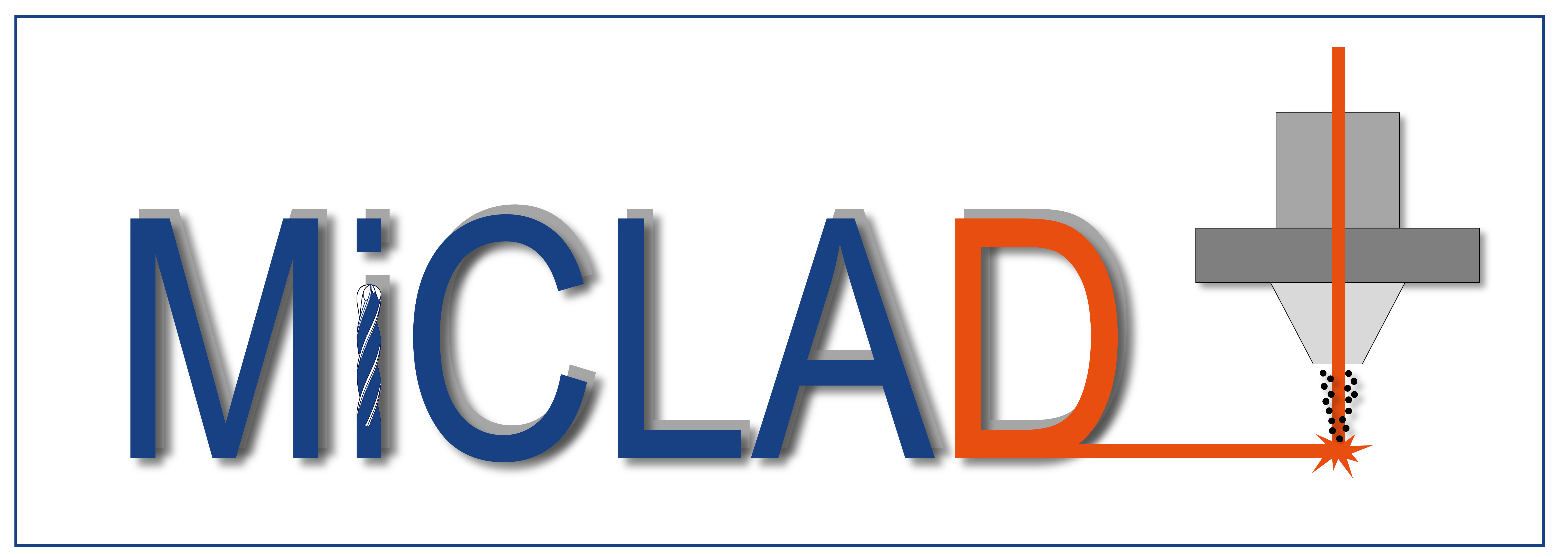The hybrid additive-subtractive research platforms
Laser Metal Deposition based additive manufacturing does not only delivers benefits. As with any manufacturing process it has also its less appealing sides. The process monitoring and control allows for better mechanical properties of the parts, which now can be guaranteed due to the monitoring process. Another well known deficit is the poor surface quality of additive manufactured parts. The solution to this problem is very well known and can be found in using subtractive (e.g. milling and turning) processes to ensure the desired surface quality is obtained. A close cooperation and integration of the different manufacturing processes with the Computer Aided Manufacturing system is therefore essential. The integration of our Laser Metal Deposition process monitoring and control system into existing industrial CNC machine controllers is therefore one of the key focus points of the research group.
Additive and subtractive machine tools have very different requirements in terms of speed, acceleration and accuracy of the motion. Each of them requires a different machine concept. Our group uses its knowledge in the fields of machine and general structural dynamics in order to design optimized precision machine tools for hybrid manufacturing. A tradeoff between efficient metal deposition, as well as an accurate finish milling operation results in effective additive manufacturing of high quality components.


